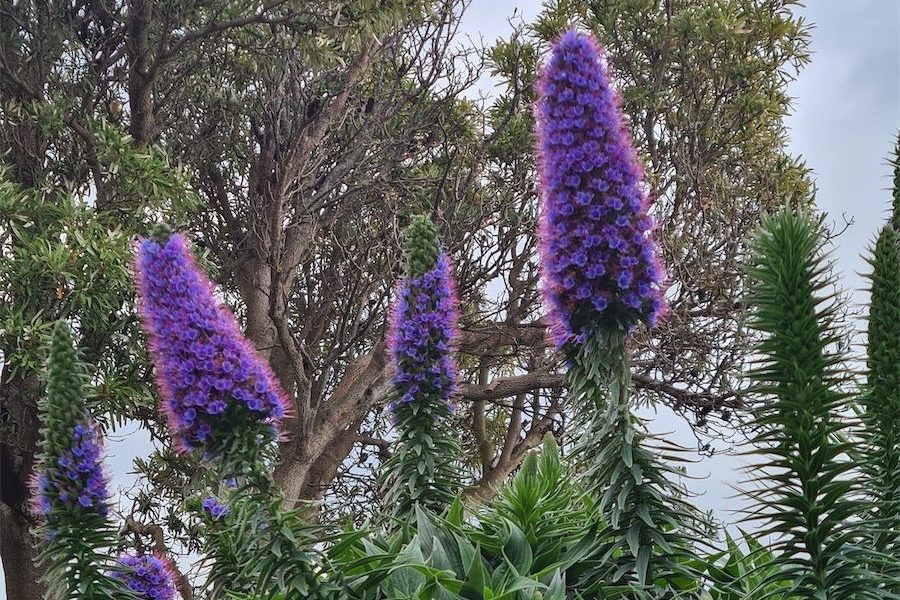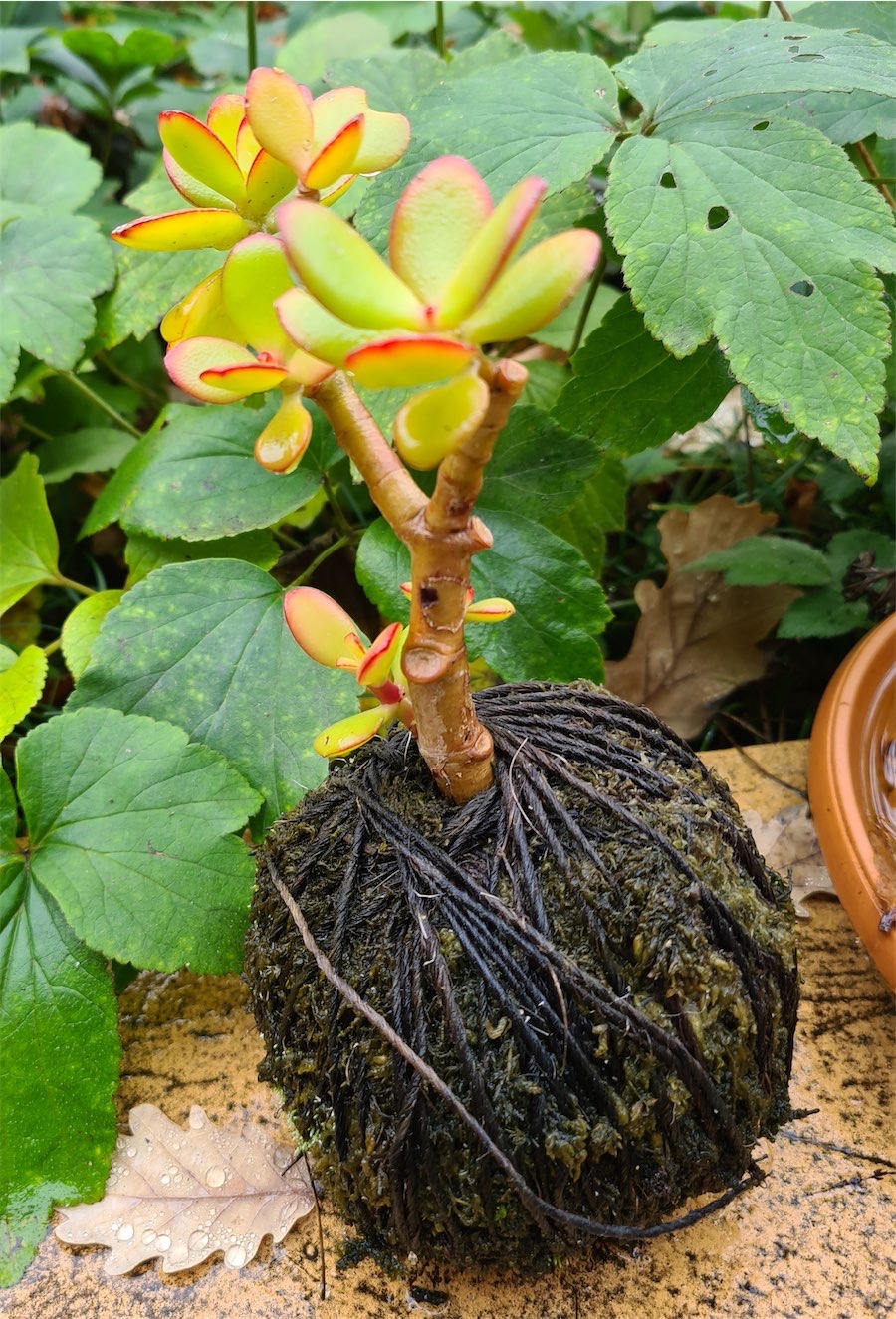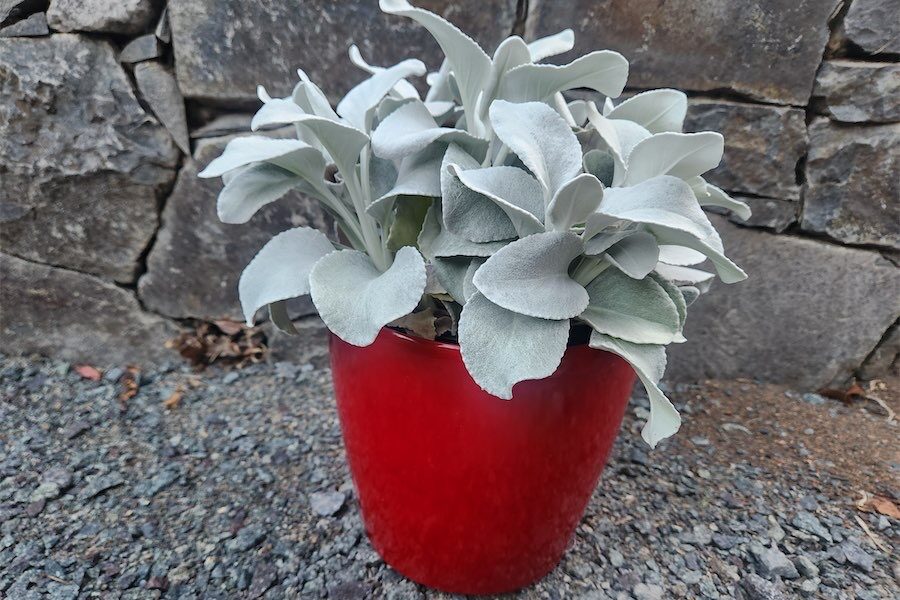
It’s almost mid-winter, the soil will be cold, the garden is dormant and growth of plants is at a minimum, says gardening columnist JACKIE WARBURTON.
At this time of the year, we depend on evergreen shrubs and winter flowers to create interest outdoors.

Plants flowering now are echiums, witch hazels and filberts. From these, flowers range from dramatic spikes, spider-looking flowers and catkins, and all can create drama in a winter corner right through to spring.
I’m trying a new one – Pride of Madeira (Echium candicans) – in my garden this season. It is drought hardly, fast growing but short lived and needs replacing every three to five years. It needs a little frost protection, and its spires of blue flower flowers begin to form now and will give many months of floral display.
After a few years it goes woody and slowly dies. On rare occasions, it can self-seed.
Most importantly, it needs good drainage; it’s happier in poor soils than rich organic ones and will grow well in hot summer sun. A cousin of comfrey and borage, it too likes the same growing conditions we have.
The most common echium that we know is Paterson’s curse (Echium plantagineum) on the hills surrounding Canberra. Toxic to livestock, this weed spreads via seed that germinates mid-summer to late autumn. In late winter a large annual flower spike appears and self-seeds into bushland.
Paterson curse and all plants from this family are nectar magnets for birds, insects and bees and it’s common to see a bee farm set up by apiarists nearby. If you have Paterson’s curse, remove it to the green recycling bin.

WHEN the weather is miserable, we can still garden indoors by making a Japanese-style house plant called a Kodama or moss ball.
Succulents, ferns and small leaf plants that have fibrous roots work well.
Once you have chosen a rooted plant, wash off the old potting mix and mix moist sphagnum moss and fine potting mix in equal amounts around the roots and wrap with gardener’s twine around and around until all the root ball is covered, leaving the stem of the plant clear.
The bigger your imagination the bigger the ball and more than one plant can be used as well. Dunk the moss ball into a water bowl with seaweed solution once a week and hang up indoors to display in sheltered light. In the warmer months it can be hung outside in the garden.
Misting with water can be done between deep waterings and will need to be increased in the warmer months. I have used Crassula arborescens successfully or a local native that will grow well as a Kodama is the common maidenhair fern (Adiantum aethiopicum).
JULY is a great time to get pruning for apples and pears and generally all pome fruits.
Some apples have different varieties that have different pruning techniques so knowing if you have a tip-bearing apple or a spur-bearing variety will go a long way to knowing how to prune them.
Spur-bearing or heritage apples can be trimmed to create stems that are the thickness of a pencil to be cut to 5-6 buds. Remove smaller branches and give new stems space to grow.
Tip-bearing apples are pruned by leaving their lateral shoots 20cm long and reduce height and size over all. Pears are spur bearing and can be pruned the same as heritage apples. Both of these are worthy of growing in our climate and I would recommend dwarf varieties because their maximum growth is two metres and more manageable to net, spray and, most of all, pick from the ground.
Jottings
- Prune hydrangeas leaving three double buds from the base.
- Foliar feed all growing vegetables early in the morning.
- Turn over leaf mould and compost and add leaves if too soggy.
jackwar@home.netspeed.com.au
Who can be trusted?
In a world of spin and confusion, there’s never been a more important time to support independent journalism in Canberra.
If you trust our work online and want to enforce the power of independent voices, I invite you to make a small contribution.
Every dollar of support is invested back into our journalism to help keep citynews.com.au strong and free.
Thank you,
Ian Meikle, editor





Leave a Reply